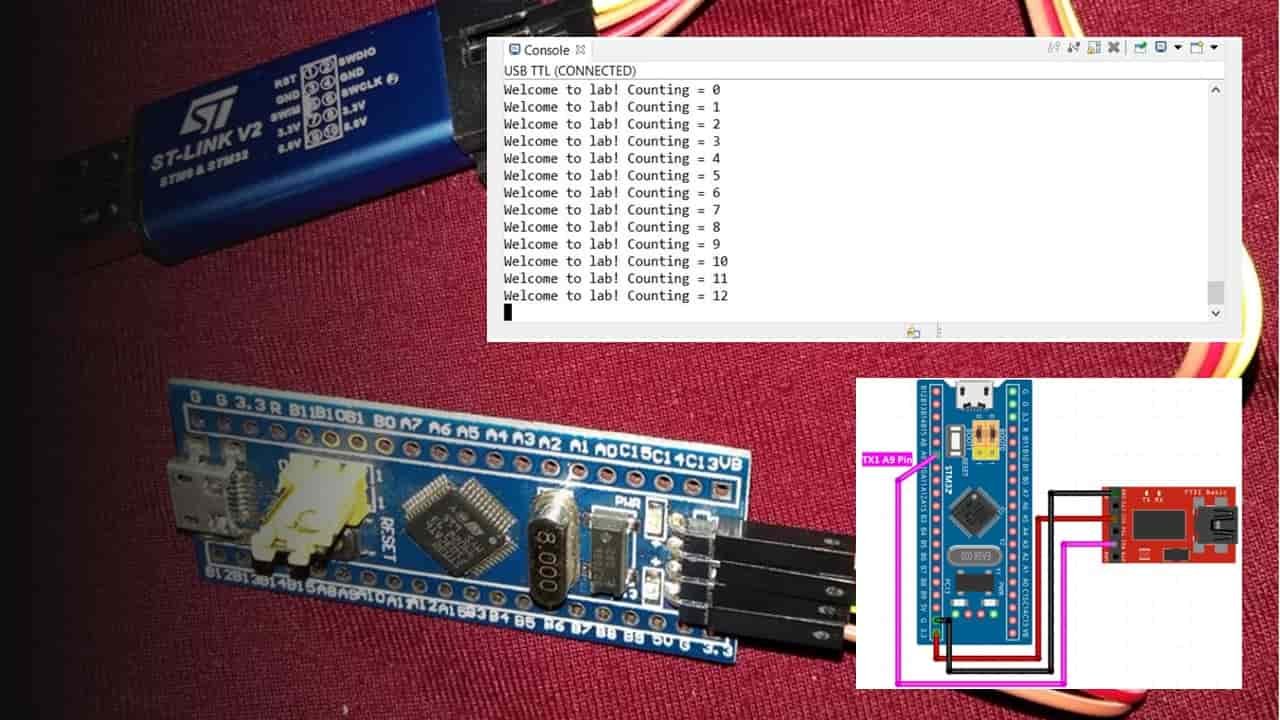

I recommend that you take a look at it if you really want to get into how GitLab’s CI/CD works. I’m going to link to this great GitLab CI/CD pipeline configuration reference. In addition to this we’ll add more content to the images metadata, etc. This will trigger the update whenever a change in a dependency is pushed, and will store images to a different cloud service instead of AWS. For the sake of keeping this post simple we will build an image for all device states instead of from any tags. gitlab-ci.yml, we can take advantage of Gitlab’s CI capability for this.įor demonstration purposes, we will add a new test stage to the pipeline that takes the test results from the device after each update. Since we need to change the behavior of the templates, and we are interested in overrriding them from our project in. Let’s return to the device-ci diagram we saw in Part 3.

In the fourth part, we are going to show you how to customize the pipeline to fit your needs. In the previous post, we explained the internals of our CI/CD pipeline in order to understand how it works. Part 4 – Customizing CICD pipelines for Embedded Linux Projects Part 3 – Templated CICD pipelines for Embedded Linux Devices Part 2 – Generate Flashable Images with CI/CD Pipelines Part 1: Automating CICD Pipelines for Embedded Linux Projects

In this series of posts, we propose a simple and full open source CI/CD pipeline for your Linux device development on GitLab that takes advantage of the power of Pantacor Hub and Pantavisor Linux.


 0 kommentar(er)
0 kommentar(er)
